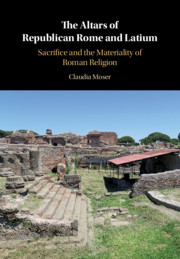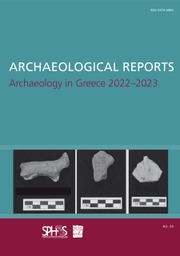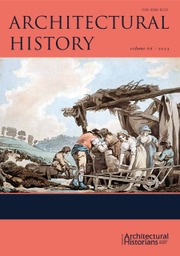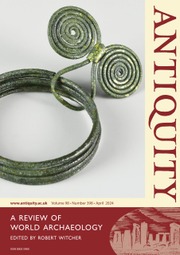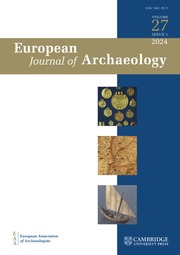The Divinization of Caesar and Augustus
This book examines the new institution of divinization that emerged as a political phenomenon at the end of the Roman Republic with the deification of Julius Caesar. Michael Koortbojian addresses the myriad problems related to Caesar's, and subsequently Augustus', divinization, in a sequence of studies devoted to the complex character of the new imperial system. These investigations focus on the broad spectrum of forms - monumental, epigraphic, numismatic, and those of social ritual - used to represent the most novel imperial institutions: divinization, a monarchial princeps, and a hereditary dynasty. Throughout, political and religious iconography is enlisted to serve in the study of these new Roman institutions, from their slow emergence to their gradual evolution and finally their eventual conventionalization.
- Offers a unique perspective on the well-known historical figures of Caesar and Augustus
- Richly illustrated with 159 images
- An engaging narrative makes this book accessible to students, while a deep engagement with a wide range of sources makes it of interest to scholars
Reviews & endorsements
'… informative, often insightful and always stimulating …' W. Jeffrey Tatum, Bryn Mawr Classical Review
Product details
January 2014Hardback
9780521192156
360 pages
260 × 185 × 20 mm
0.94kg
158 b/w illus.
Available
Table of Contents
- 1. Making men gods
- 2. The question of Caesar's divinity and the problem of his cult statue
- 3. Augural images: old traditions and new institutions
- 4. Romulus, Quirinus, genius, divus
- 5. Caesar's portrait and the Simulacrum Divi Iulii
- 6. Auspicious, propitious, victorious
- 7. Representation in an era of divinization
- 8. Ad urbem et ex urbe: the imagery of the divus and its fate
- 9. Coda: reverberations in the east.





